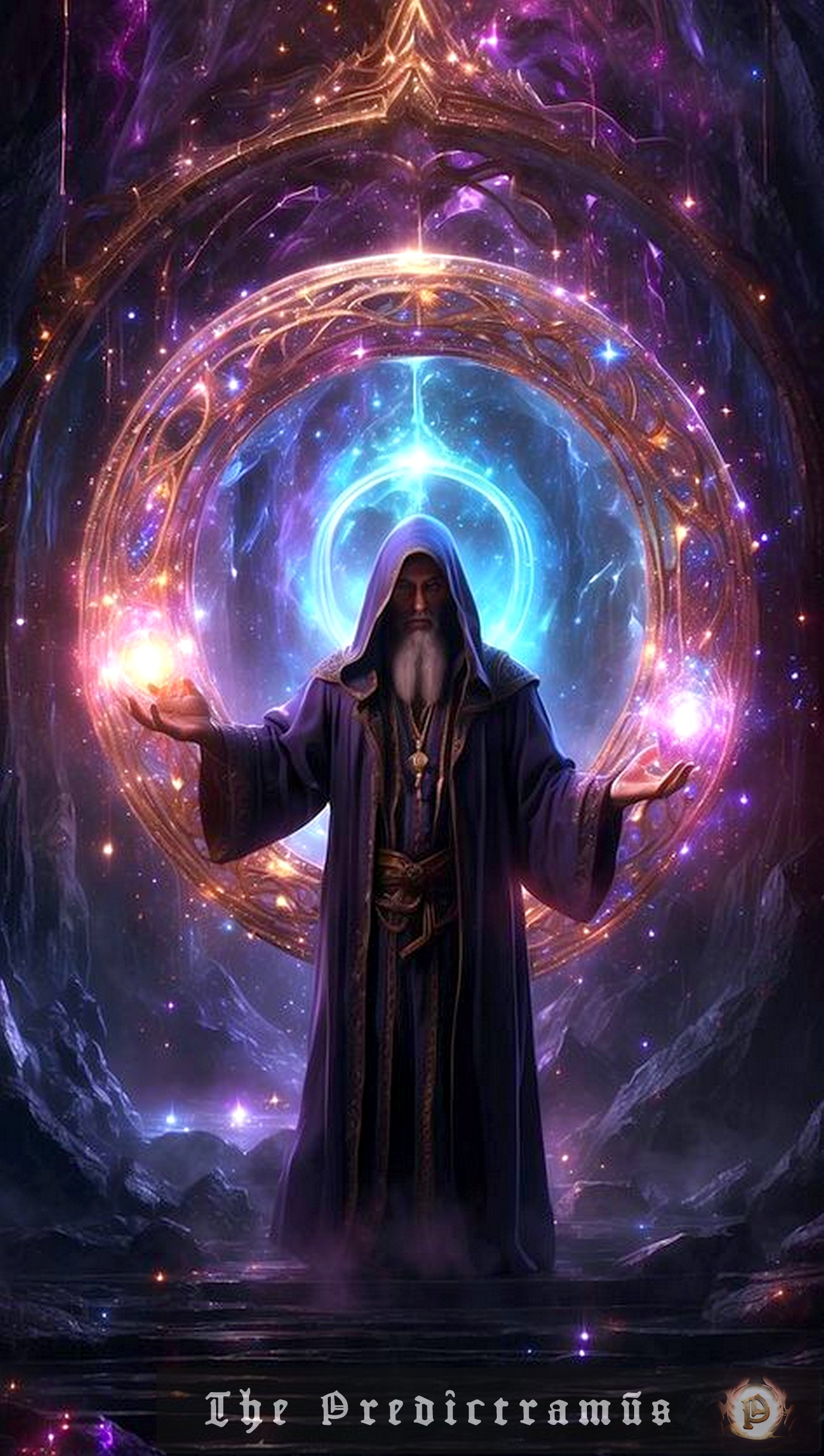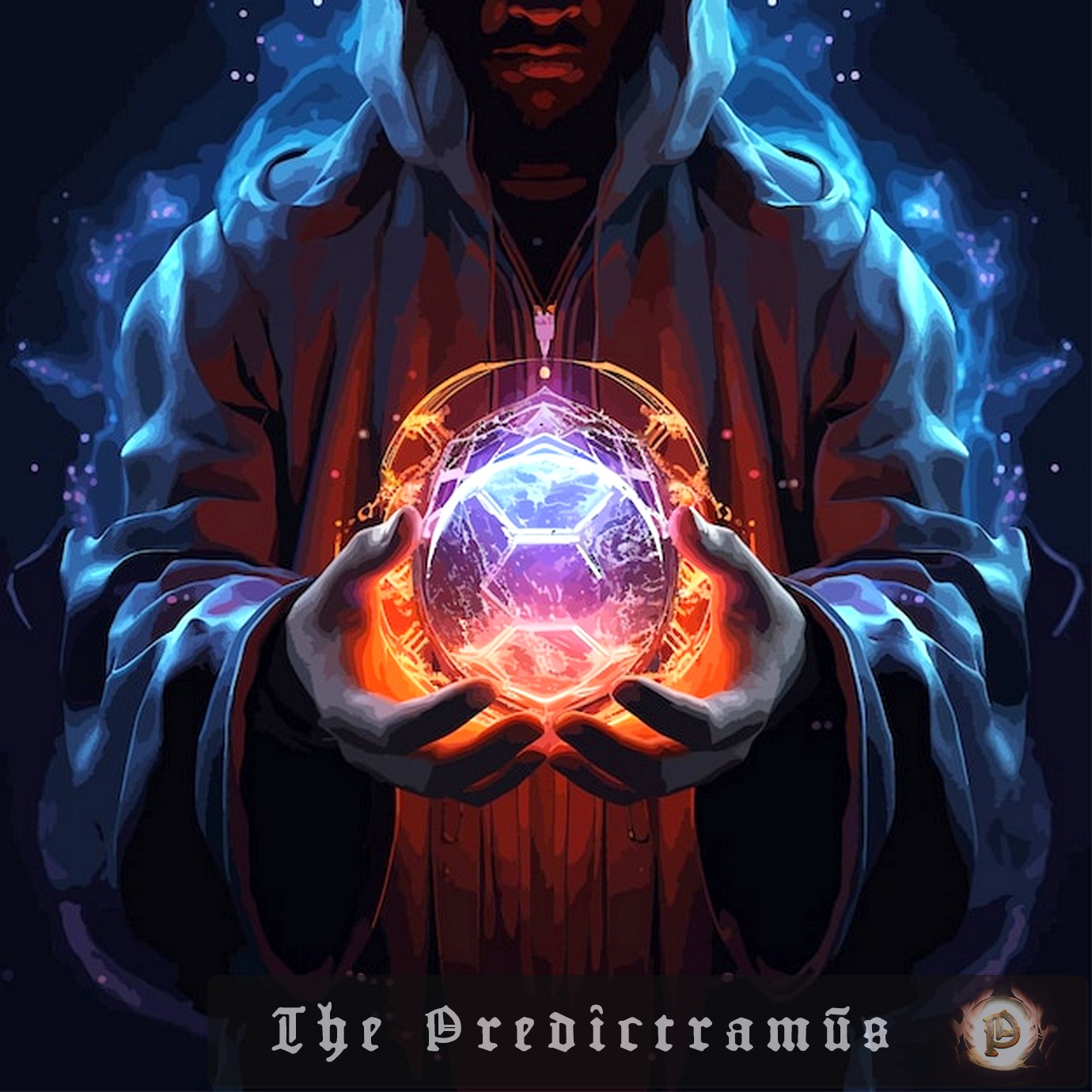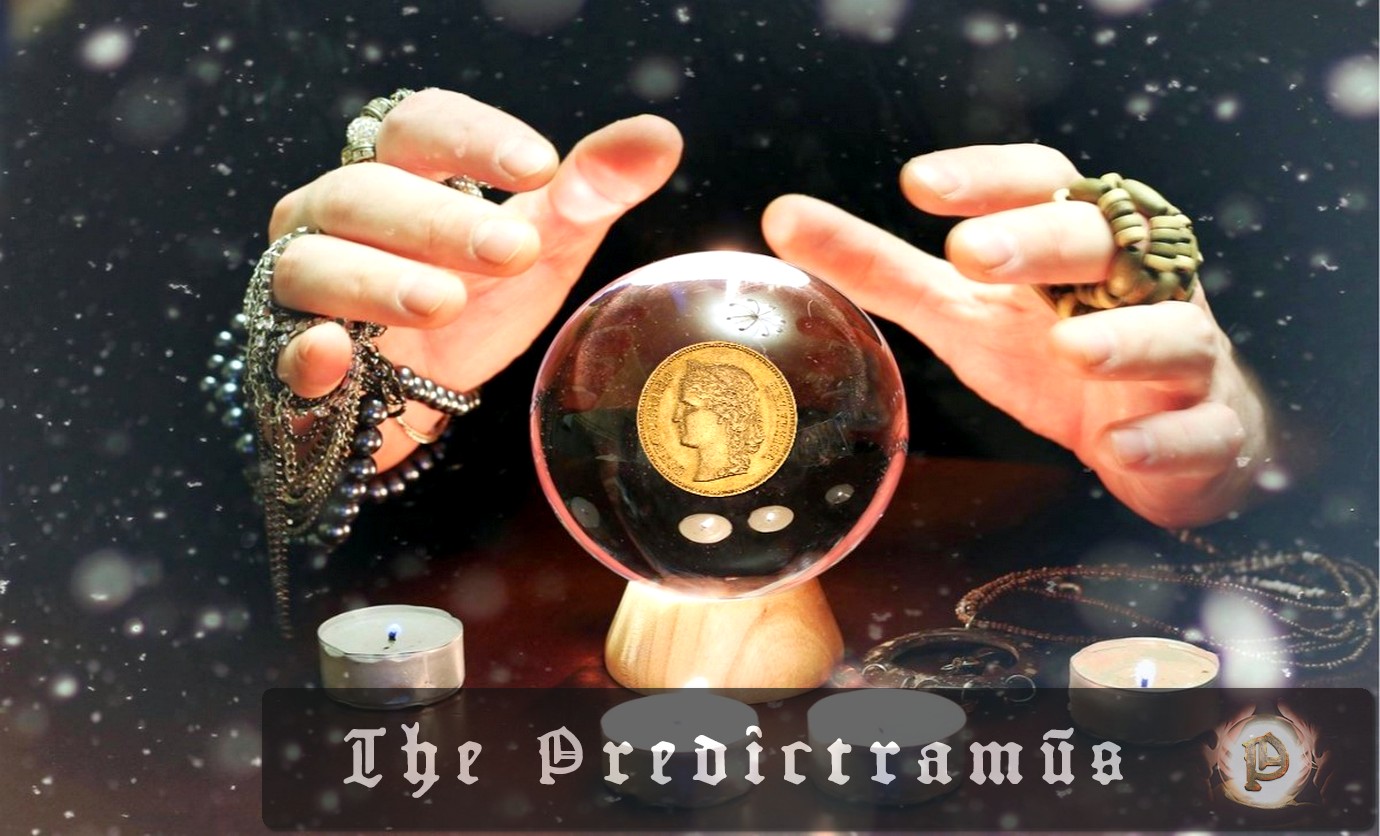Mathematicians have revisited an ancient puzzle known as the “kissing problem,” which was first contemplated by Isaac Newton and astronomer David Gregory in 1694. The problem involves arranging identical spheres around a central sphere without overlapping. After centuries of research, mathematicians have finally proven that the maximum number of spheres that can be arranged in…
Math on The Soothsayer / page 3
Mathematicians have made a groundbreaking discovery in number theory, unlocking the secrets of irrational numbers. A team of researchers has developed a new method for proving the irrationality of numbers, which has been a long-standing challenge in mathematics. The breakthrough, led by Frank Calegari, Vesselin Dimitrov, and Yunqing Tang, has already led to the proof…
Mathematicians have long suspected that hexagonal tiles are the most efficient way to fill space, but a new paper by Thomas Hales and Koundinya Vajjha reveals the worst shape to pack. The researchers focused on convex and centrally symmetric shapes, and their findings have significant implications for the field of mathematics. Forecast for 6 months:…
Mathematicians Ben Green and Mehtaab Sawhney have made a groundbreaking discovery in the field of number theory, proving that there are infinitely many prime numbers that can be written as the sum of squares of other prime numbers. This breakthrough, which uses a powerful tool called the Gowers norm, has significant implications for our understanding…
Malors Espinosa, a graduate student in mathematics at the University of Toronto, has devised a special type of math problem that challenges high school students to prove a nontrivial solution. The problem involves the Menger sponge, a fractal with a simple yet elegant construction. This problem is expected to inspire a new generation of mathematicians…
David Bessis, a mathematician, has published a book titled Mathematica: A Secret World of Intuition and Curiosity, which challenges the conventional way of thinking about mathematics. He argues that math is not just about logic and problem-solving, but also about intuition and creativity. Bessis claims that people are constantly doing math, even if they don’t…
Mathematicians Noam Elkies and Zev Klagsbrun have made a groundbreaking discovery in the field of mathematics, breaking an 18-year-old record with a new elliptic curve. The curve, which has the most complicated set of rational solutions ever seen, has a rank of at least 29. This discovery has significant implications for the study of elliptic…
In a groundbreaking episode of “The Joy of Why” podcast, mathematician and statistician Emmanuel Candès discusses the impact of artificial intelligence (AI) on prediction science. Candès explains how AI models, often referred to as “black boxes,” can make successful predictions without fully understanding the underlying mechanisms. He also highlights the importance of quantifying uncertainty in…
Mathematicians have debunked the bunkbed conjecture, a well-known hypothesis in probability theory that seemed self-evident but has been proven false. The conjecture, which dealt with navigating mathematical mazes called graphs stacked like bunk beds, has significant implications for physics and our understanding of mathematics. The discovery highlights the importance of questioning assumptions and the need…
Mathematicians are still trying to catch up to the divine genius of Srinivasa Ramanujan, an Indian mathematician who made groundbreaking contributions to mathematics in the early 20th century. Ramanujan’s work on partition identities has been found to have deep connections to various areas of mathematics, and his legacy continues to inspire new discoveries. Recently, a…










